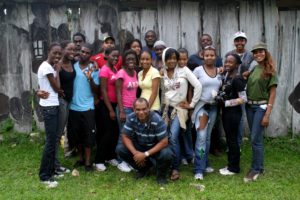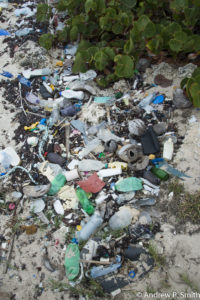My journey isn’t the typical journey,
When you think of “A Photographer”.
When you think of “A Photographer”
You think of having a studio,
You think of working for a newspaper,
You think of shooting weddings.
My journey isn’t the typical journey.
I have been blessed because of Photography.
I have travelled to Europe, Asia and Africa.
I have covered disasters, famine and civil war.
I have exhibited in Russia.
I have presented papers in Barbados and Cyprus.
I have mentored, motivated and inspired countless young Jamaicans.
And more…
I went to Austria to test-drive BMWs.
I went to Bonn to represent Jamaica and witness Jamaica.
I went to China for my Masters.
I went to Delhi to learn about heritage conservation.
I went to the East Midlands to learn to teach.
And more….
I have been blessed because of Photography.
Who has blessed me?
The God of Photography.
Who led me:
From Finance to Photography
From Media to Academia
From Meadowbrook to Mexico
The God of All.
Thank you.
Ephesians 4:6 One God and Father of all, who is above all, and through all, and in you all.
- Shooting on the shores of the Palisadoes, Kingston. 2011.
- Presenting at the International Conference of Photography and Theory, Cyprus. 2016.
- Test driving a 2007 BMW 335i coupe at the car’s international media launch in Innsbruck & Langenfeld, Austria. 2006.
- Assisting a student during a heritage education workshop at Buff Bay High School, Portland, Jamaica. 2016.
- Presenting on “The Rights of Journalists” at the Improved Access to Justice in the Caribbean Media Law workshop, Barbados. 2016.
- Field class with UTech Jamaica students to Charles Town Maroon Village, Portland, Jamaica. 2012.
- At the UNESCO-UNEVOC offices, attending a panel discussion on TVET and Heritage Skills, Bonn. 2015.
- On the streets of Dalian, China. 2008.





















